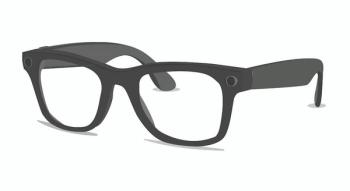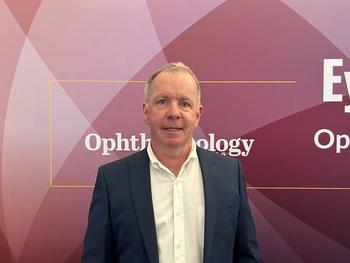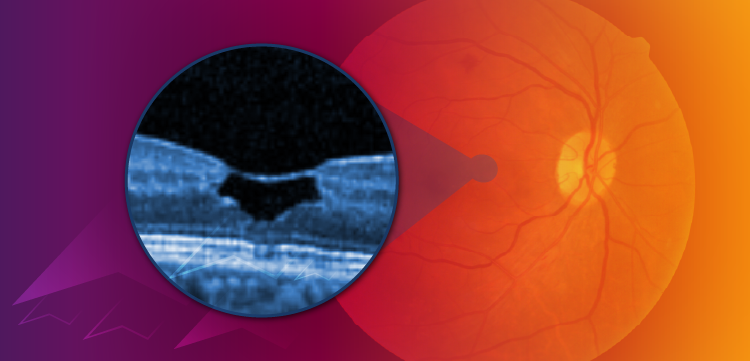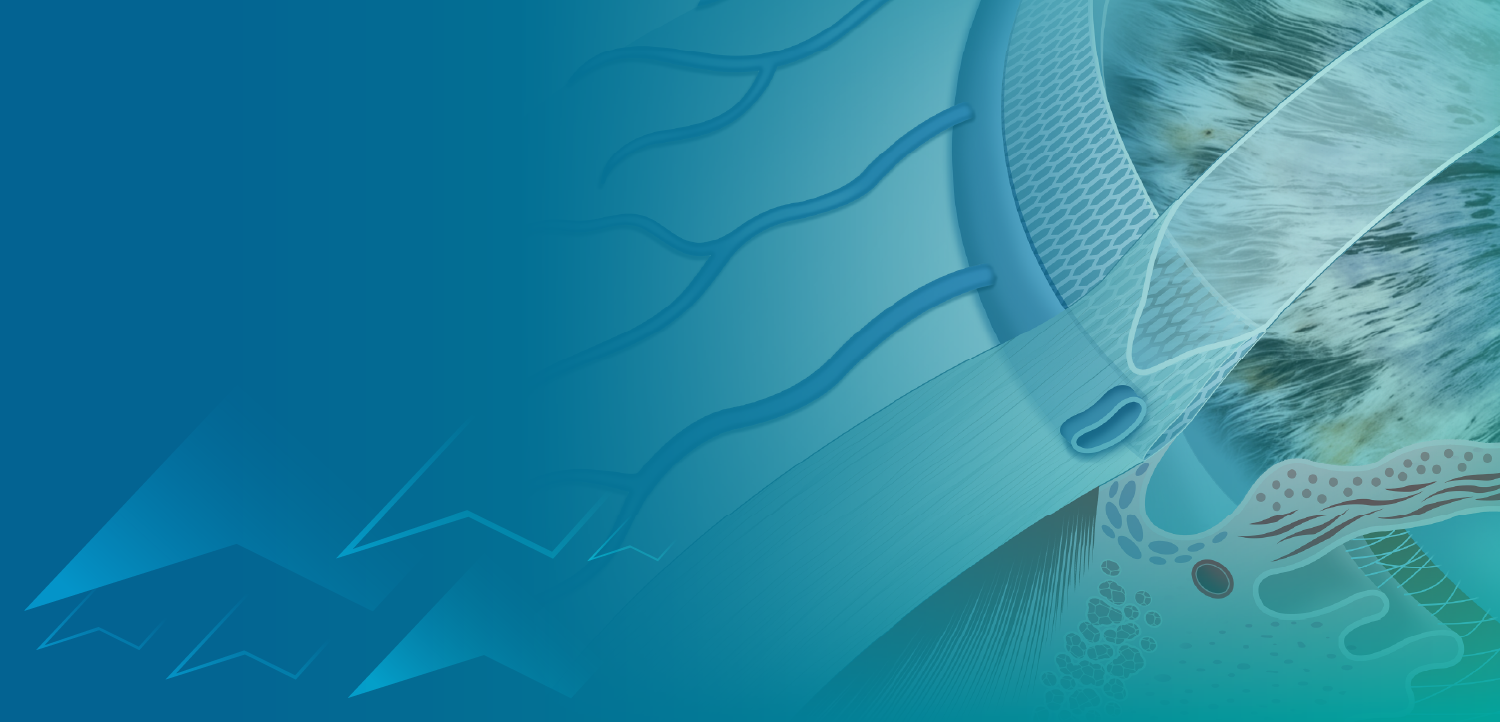
Infection control in the eyecare office
As eyecare professionals, we have an obligation to protect our patients and our staff from infection while in our offices.
As eyecare professionals, we have an obligation to protect our patients and our staff from infection while in our offices. Infection in an ophthalmic practice may be transmitted in a myriad of ways: patient to staff, staff to patient, between patients and among staff by direct contact, airborne transmission or from contaminated equipment or instruments used in the practice. There are numerous opportunities where eyecare providers may be exposed to infection:1
• Removal of foreign bodies
• Patients with ocularâ¨trauma
• Conjunctivitis
• Microbial keratitis
• Epilation for trichiasis
• Lacrimal irrigation
• Meibomian gland expression
• Contact lens fittingâ¨
• Patients who may become incontinent (including young children)
• Patients who disgorge in the office.
Disinfection vs. sterilization
Eyecare workers should be familiar with the terms used to describe infection control procedures.
Cleaning is the removal of foreign material with water, detergents, or enzymatic products.2 Instrument cleaning is essential because dried mucus, tears, tissue, or cosmetics may contain dangerous concentrations of infectious organisms. Cleaning requires scrubbing of all instrument surfaces to remove debris. Isopropanol alcohol might be needed on insoluble deposits left on the surface.3 Isopropanol alcohol can damage some materials, so make sure it is compatible with the surface you’re cleaning.
Disinfection refers to inactivating all pathogenic microbes but not necessarily all microorganisms; for example, bacterial endospores, fungi, or protozoa. Disinfection is usually accomplished using thermal (heat and water) or chemical methods.
Sterilization eliminates all viable microorganisms, including bacterial spores. Sterilization usually requires autoclaving, a process involving exposure of the instrument to high temperature and pressure.2
Reprocessing of an instrument is the process of cleaning and disinfection and/or sterilization of a reusable device.
A hygienic state is a state of cleanliness that offers little or no threat to health, while sanitary conditions are those that are physically clean and healthy.3
How to prevent infection
To start with, wash your hands-frequently. Many eye diseases are transmitted by manual contact, and it is the responsibility of all healthcare professionals to practice effective hand washing both before and after patient contact. Hand washing is considered to be the most important measure in preventing the spread of infection in the healthcare setting.4 The prevalence of infection decreases as hand hygiene is improved.5 Use an antimicrobial soap. Non-antimicrobial soaps can become harbingers of Gram-negative bacteria.6
What about alcohol-based hand rubs and gels? While they are more effective at encouraging ophthalmic workers to clean their hands between patients, they are poor antimicrobials.7 When using an alcohol-based hand rub, the Centers for Disease Control (CDC) recommends that the hands should be rubbed until dry, ensuring the entire skin surface of the hands and fingers are covered with the hand rub.8 Hand rubs are not recommended for use with contact lenses because residual debris and bacterial toxins on the hands and chemicals from the hand-rub may be transferred to the lens prior to it being placed on the patient’s eye. Wash your hands when working with contact lenses, and anytime the hands are visibly soiled.
Use personal protective equipment. All healthcare workers should use appropriate barrier precautions to prevent exposure when coming into contact with blood or other potentially infectious materials (this does not include tears, unless blood is visible in them).9 All practices should have powder-free surgical gloves available. The powder found in powdered examination gloves is potentially toxic and is a known carrier of latex allergen particles.10 Remember that latex gloves are not suitable for everyone. Latex allergy occurs in 4.3% of healthcare workers and in 1.4% of the general population.11 Consider latex-free nitrile gloves as an alternative, which I prefer to eliminate the possibility of causing a latex allergy in my patients. Gloves are also recommended if you may come into contact with cleaning solutions. Remember, the use of gloves does not replace hand washing, and hands should be washed before and after using gloves.
During procedures where there is a potential for splashing, splattering or spraying of blood or body fluids or the potential for airborne infection, safety glasses, face shields, and masks should be used. Surgical masks are advised if either the eyecare professional or the patient has a cold or influenza.
It may be necessary to handle the eyelids or surrounding facial tissue during an exam, which could expose the examiner to potentially infected surfaces. Effort should be made to minimize tissue contact by using gloves, finger cots, or no touch techniques involving the use of cotton-tipped applicators.9 Needles are purchased sterile and disposed of after use. To prevent infection, any injection site should be disinfected with an alcohol wipe before the needle is inserted. Precautions must be taken to prevent accidental stick injuries from needles or other sharp instruments. Once used, needles should not be bent, broken or recapped by hand. Disposable syringes, needles, and other sharp items must be placed in appropriate infectious waste containers for disposal. Sharps must be discarded in clearly labeled, puncture-proof containers. There are collection services available to dispose of infectious waste and sharps containers.
Contact lens disinfection
Ideally, trial contact lenses should for single use only. Today’s single-use soft disposable lenses have practically eliminated the need for disinfecting trial soft contact lenses. Soft contact lenses can be disinfected with an approved hydrogen peroxide system.12 Hydrogen peroxide disinfection is the only system approved by the CDC for the disinfection of HIV.13
Rigid gas permeable lenses are a different matter. The following procedure is recommended for cleaning these lenses:14
• Clean contact lens with approved gas permeable (GP) cleaner via digital cleaning (20 seconds per side). Rinse with sterile preserved/aerosol saline.
• Gas-permeable (GP) lenses can be disinfected using a commercially available hydrogen peroxide system approved for use with soft contact lenses. Soak in 3% hydrogen peroxide for a minimum of three hours. Rinse with sterile preserved/aerosol saline.
• Dry GP lens with a clean tissue and store in a dry container. There is significantly less risk of contamination during dry storage compared to long-term storage in conditioning solutions.15
• GP lenses must be thoroughly cleaned and rinsed once again prior to reuse.
Instrument disinfection
All instruments that come in contact with the patient’s ocular surfaces, such as tonometers, gonioscopy lenses, and fundus contact lenses, should be wiped clean and thoroughly disinfected and/or sterilized as appropriate after each use. Single-use instruments and equipment should be used whenever possible in the ophthalmic practice, but several items are reused. All reusable instruments need to be cleaned immediately and then disinfected or sterilized, depending on the intended use.
Applanation tonometer probes are the most common item in the exam room that regularly contacts the cornea and tears of patients, so steps must be taken to ensure they are adequately cleaned and maintained. They should be cleaned before and after use. The instructions from the manufacturers of Haag-Streit tonometer (Goldmann) do not recommend exposing the tonometer prism to alcohol.16 Two reports have noted isopropyl alcohol, although effective in removal of viruses, may damage Goldmann applanation tonometer tips over time.17, 18 The manufacturers advise removing the prism and cleaning with mild soap and cold water (due to the potential for Acanthamoeba contamination of water supplies, use sterile water/saline), followed by a soak in 3% hydrogen peroxide solution for 10 minutes. The prism is then rinsed thoroughly with sterile saline, dried with a tissue, and stored in a clean, dry container. Alternative solutions are listed on the Haag-Streit website.19 The tip of a digital pneumotonometer or tonopen should be covered with a disposable latex cover that is discarded after use.
Disinfection of gonioscopy lenses usually mirror tonometry guidelines, but also consider the manufacturer’s instructions. The manufacturers of the Volk Gonioscopy lens recommend cleaning the entire lens using a mild cleaning solution (such as diluted dishwashing liquid) and a clean soft cotton cloth.20 The lens is then disinfected with either 2% aqueous glutaraldehyde or 1:10 dilution of sodium hypochlorite/household bleach, using fresh solution each time the lens is disinfected. Position the lens on its side, then immerse the entire lens in the selected solution for 25 minutes. Remove the lens from the solution and rinse thoroughly with room temperature water (again, I prefer sterile saline), then dry with a soft, lint-free cloth. Both sides of the anterior glass element and the inside of the ring should be cleaned with Volk Precision Optical Lens Cleaner (POLC). Following disinfection, the gonioscopy lens is stored in a closed case or container.
Fundus lenses should be cleaned with mild detergent and water and air-dried or dried with a lint-free cloth. If you suspect the lens has become contaminated, the lens should be disinfected according to manufacturer’s instructions. The Volk lens fundus lens cleaning procedure mirrors that of the gonioscopy lens.
Boiling is not an acceptable method for sterilizing equipment, neither is the use of ultraviolet light. A small tabletop steam autoclave unit is the most efficient and cost-effective method of in-office sterilization. Items requiring sterilization should be properly prepared by wrapping in peel pouches before sterilization to maintain instrument sterility after processing. Recommendations for steam sterilization require a minimum of 15 minutes at 121°C. Instruments should be cleaned before sterilization and should be dry when removed from the autoclave.21 Autoclaves are fairly expensive pieces of equipment and are necessary in offices where work is performed on sterile tissue or the instrument comes into contact with blood or blood products.
Exam room and general office infection control
The exam room should be regularly disinfected. Where the patient comes into contact with examining equipment, wipe the counter surfaces and areas with isopropyl alcohol tissues, 30% alcohol solution, or sodium hypochlorite solution (a 1% solution can be obtained by a 1:5 dilution of 5% household bleach), although some surfaces may be damaged by alcohol. I like this step to be done in front of the patient, so he can see the steps being taken in the office to control infection.
One often-overlooked item of possible contamination is the diagnostic eyedrop containers. External rims of bottles (i.e., anesthetic, mydriatic, Fluress, contact lens solutions, and saline bottles) may become contaminated. Technicians should ensure the bottle tip never touches the patient’s eyes or the technician’s hands, and the bottle cap should be replaced immediately after use. One other tip: ensure the eyedrop has not reached its expiration date. I know this sounds like a no-brainer, but sometimes rarely used bottles can sit on the shelf and expire if there isn’t someone to keep check. It is a good idea to mark on the bottle the date it was opened.
Infection control also includes regular and effective cleaning of all areas of the practice, using plastic liners in wastebaskets, proper disposal of waste, and vermin control within the office. There should be regular cleaning of all surfaces. Cover your equipment. If you use computer keyboards or iPads in your exam room, wipe off the keyboards with a disinfecting cloth. The same goes for the bench surfaces and exam chairs and equipment.
Conclusion
All offices should adopt practices to decrease the risk of transmitting an infection. Every office should have a protocol for hand-held instrument cleaning, as well as preventing patients and staff from acquiring an infection. By adopting universal infection control precautions as a routine aspect of eye care, eye care providers, patients and staff are at extremely low risk of contracting blood-borne or air-borne infections.ODT
References
1. Lakkis C, Lian KY, Napper G, Kiely PM. Infection control guidelines for optometrists 2007. Clin Exp Optom. 2007 Nov;90(6):434-44.
2. Semes L. Infection control for ophthalmic patient-care items. Rev Optom Supp 1997(The 1997 Clinical Guide to Ophthalmic drugs), 48A.
3. Cockburn DM, Lindsay RG. Infection control guidelines for optometric practice. Clin Exp Optom. 1995 May;78(3): 110–2.
4. Pittet D, Hugonnet S, Harbarth S, et al. Effectiveness of a hospital-wide programme to improve compliance with hand hygiene. Infection control programme. Lancet. 2000 Oct 14; 356:1307–12.
5. Larson E. Skin hygiene and infection prevention: more of the same or different approaches? Clin Infect Dis. 1999 Nov;29(5): 1287–94.
6. Sartor C, Jacomo V, Duvivier C, et al. Nosocomial serratia marcescens infections associated with extrinsic contamination of a liquid nonmedicated soap. Infect Control Hosp Epidemiol. 2000 Mar;21(3):196–9.
7. Voss A, Widmer AF. No time for hand washing!? Handwashing versus alcoholic rub: Can we afford 100% compliance? Infect Control Hosp Epidemiol. 1997 Mar;18(3):205–8.
8. Centers for Disease Control and Prevention. Guideline for hand hygiene in health-care settings. MMWR. 2002 Oct 25; 51(RR-16): 1-45.
9. Tyhurst KN, Hettler, DL. Infection control guidelines-An update for the optometric practice. Optometry. 2009Nov; 80(11): 613-20.
10. Lieberman P. Anaphylactic reactions during surgical and medical procedures. J Allergy Clin Immunol. 2002 Aug;110(2 Suppl): S64-9.
11. Bousquet J, Flahault A, Vandenplas O, et al. Natural rubber latex allergy among health care workers: a systematic review of the evidence. J Allergy Clin Immunol. 2006 Aug 1; 118(2):447–54.
12. Lingel N, Coffey B. Effects of disinfecting solutions recommended by the Centers for Disease Control on Goldmann tonometer biprisms. J Am Optom Assoc. 1992 Jan;63(1):43-8.
13. Centers for Disease Control and Prevention. Recommendations for preventing possible transmission of human T-lymphotropic virus type III/lymphadenopathy-associated virus from tears. MMWR. 1985; 34(34):533-4. Document updated October 1998 and available at: http://wonder.cdc.gov/wonder/prevguid/m0000602/m0000602.asp. Accessed 11/14/2013.
14. International Organization for Standardization ISO/TS 19979. Ophthalmic optics-contact lenses-Hygienic management of multi patient use trial. Contact Lenses. 2004.
15. Bergenske PD. Contact lens disinfection. Optom Clin 1994;4(1):47–60.
16. Haag-Streit International. Goldmann Applanation Tonometer Instruction Manual.
17. Chronister CL, Russo P. Effects of disinfecting solutions on tonometer tips. Optom Vis Sci. 1990 Nov;67(11):818-21.
18. Clinical Alert 2/4. Updated recommendations for ophthalmic practice in relation to the human immunodeficiency virus. Ophthalmology. 1989;96:1-9.
19. Haag-Streit USA. How to disinfect? In the USA. http://www.haag-streit-usa.com/pdf/disinfect.pdf. Accessed 11/14/2013.
20. Volk Optical Inc. Cleaning & Care. http://
21. Friedman C, Petersen K. Infection Control in Ambulatory Care. Sudbury, MA: Jones and Bartlett; 2004: 97-108.
Newsletter
Want more insights like this? Subscribe to Optometry Times and get clinical pearls and practice tips delivered straight to your inbox.






















































.png)


